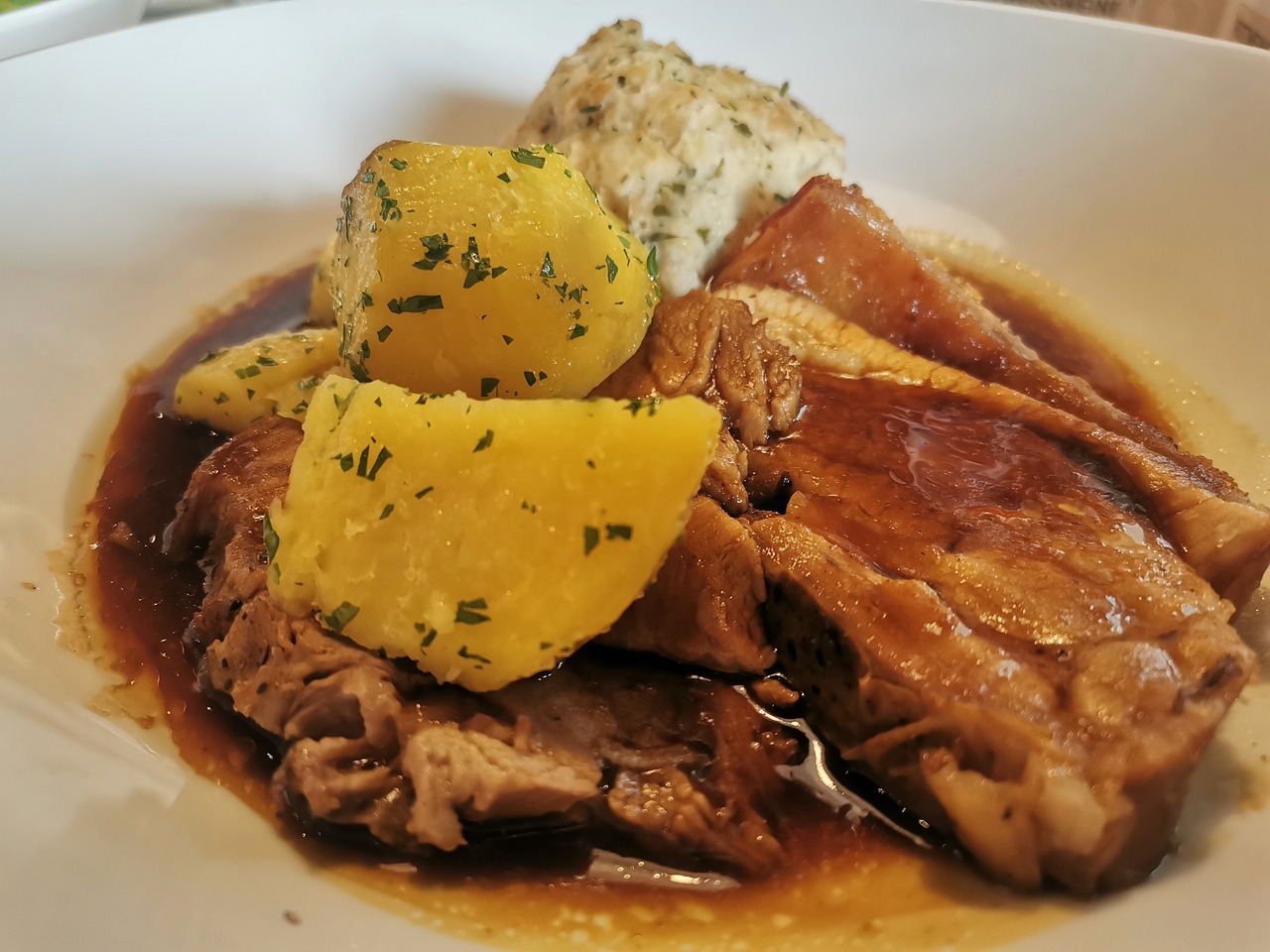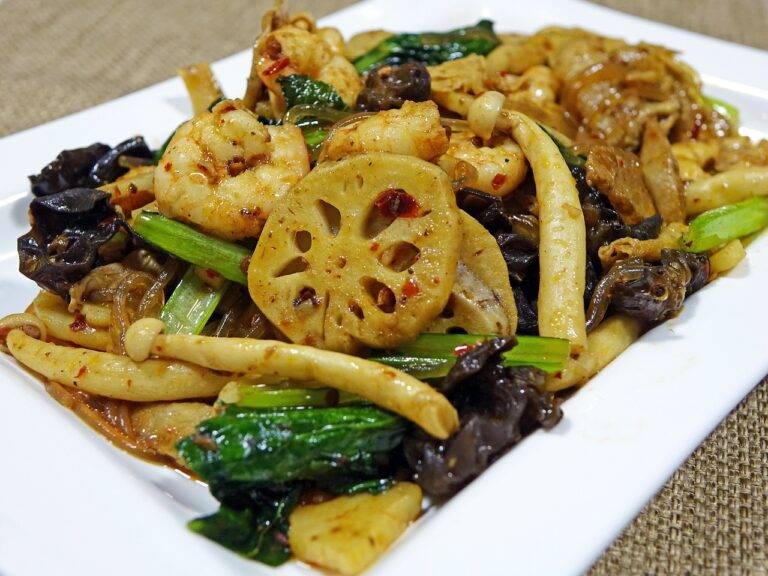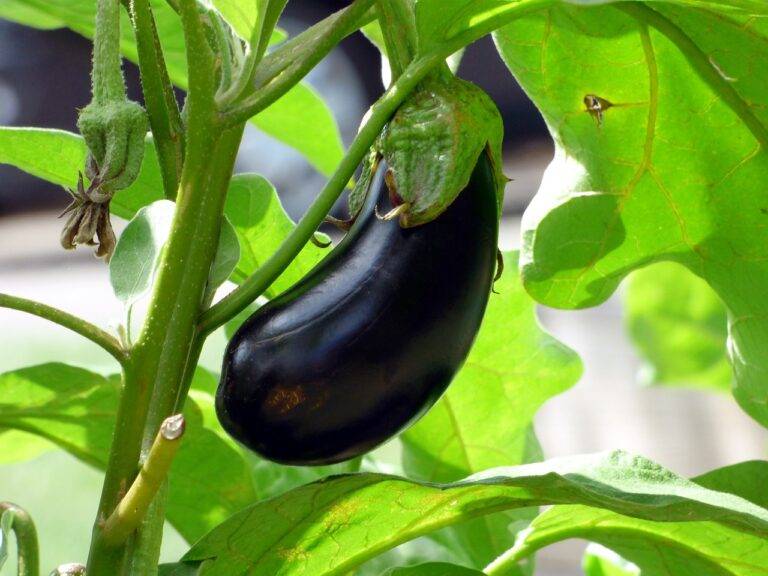Exploring Indigenous Cuisines: Preserving Traditional Flavors and Techniques.
Indigenous cuisines encompass traditional food practices that have evolved over generations within specific cultural groups. These culinary traditions are deeply rooted in the history, customs, and beliefs of Indigenous communities around the world. Each dish carries with it a unique story, reflecting the symbiotic relationship between people and the land they inhabit.
The diversity of Indigenous cuisines showcases a rich tapestry of flavors, cooking techniques, and ingredients that vary based on geographical location, climate, and available resources. From foraging wild plants to cultivating indigenous crops, these food traditions are not only about sustenance but also about identity and heritage. Embracing Indigenous cuisines is an opportunity to appreciate the interconnectedness of culture, environment, and culinary artistry.
The Importance of Preserving Traditional Flavors
Preserving traditional flavors is not just about taste; it is a way of honoring the cultural heritage and history of a community through food. When we maintain the authenticity of traditional cuisines, we are also ensuring that future generations have the opportunity to experience and appreciate the unique flavors that have been passed down for centuries.
Traditional flavors hold a wealth of knowledge about the environment, resources, and customs of a particular region. By preserving these flavors, we are also acknowledging and valuing the long-standing relationships that indigenous communities have with their land and food sources. This act of preservation is a form of cultural conservation, keeping alive a vital part of our collective human story.
What are Indigenous cuisines?
Indigenous cuisines refer to the traditional foods and cooking practices of a specific culture or region that have been passed down through generations.
Why is it important to preserve traditional flavors?
Preserving traditional flavors is important because it helps to maintain cultural identity, promotes sustainability of local ingredients, and allows for the transmission of culinary knowledge to future generations.
How can we support the preservation of traditional flavors?
We can support the preservation of traditional flavors by seeking out and enjoying indigenous cuisines, learning about the history and significance of different dishes, and supporting local farmers and producers who use traditional ingredients and methods.
What are some examples of traditional flavors that are at risk of being lost?
Some examples of traditional flavors that are at risk of being lost include heirloom varieties of fruits and vegetables, rare herbs and spices, and traditional cooking techniques that are not being passed down to younger generations.
How can chefs and food enthusiasts contribute to the preservation of traditional flavors?
Chefs and food enthusiasts can contribute to the preservation of traditional flavors by incorporating indigenous ingredients into their dishes, sharing knowledge and recipes with others, and advocating for the protection of culinary traditions.





